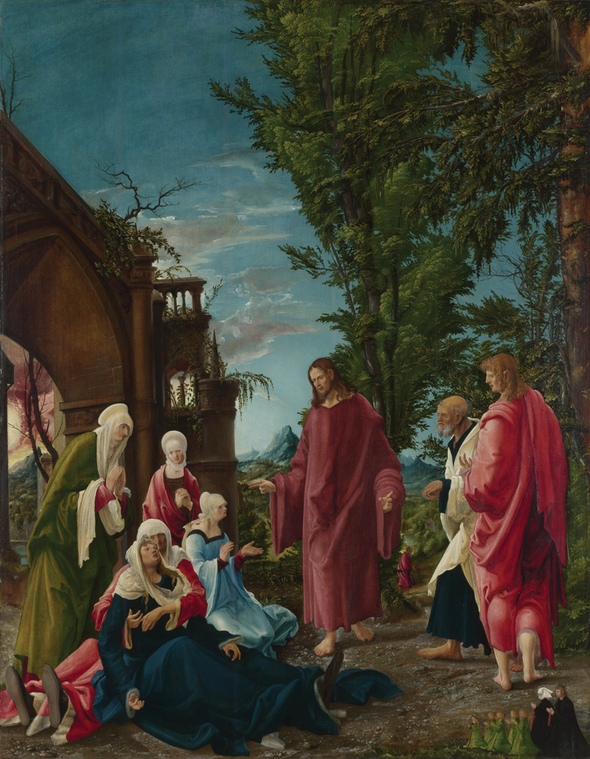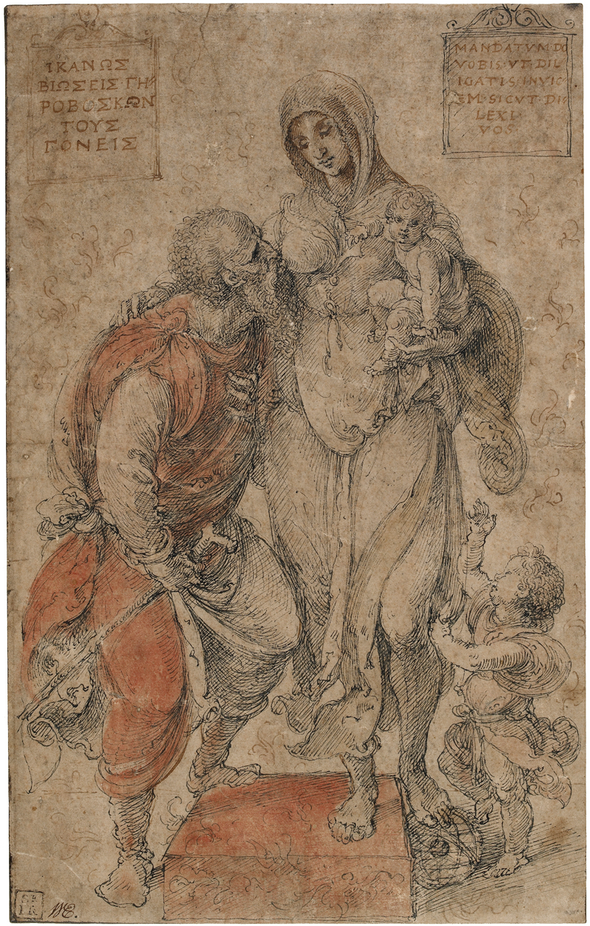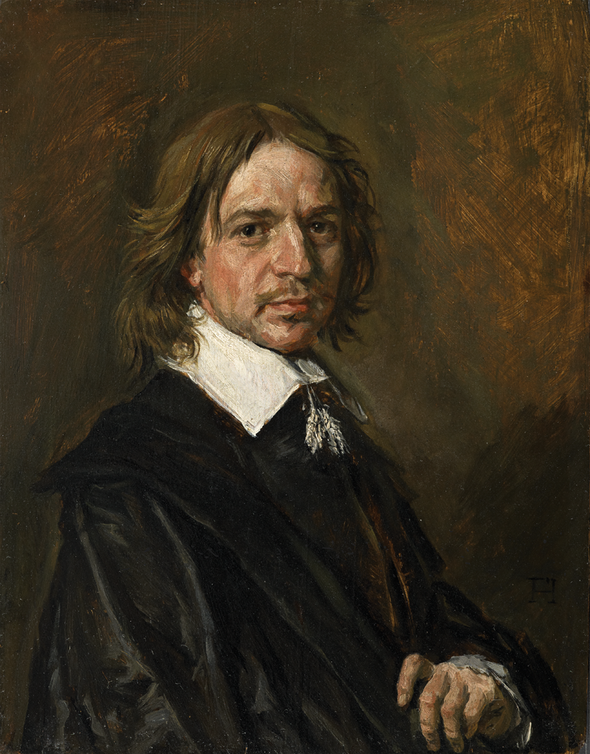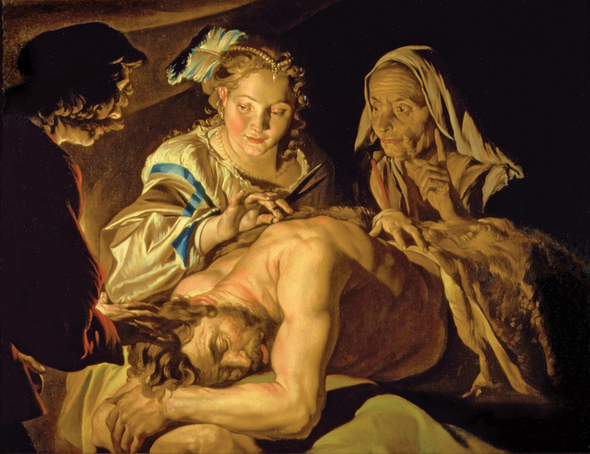By using this website you agree to our Cookie policy
Nearly two years later than planned, the Musée Fin-de Siècle in Brussels was finally inaugurated on 6th December last year. This brings the number of separate ‘museums’ (or rather discrete parts of their collections) under the umbrella of the Royal Museums of Fine Arts of Belgium to six, four of them housed in the complex of buildings in Place Royale and rue de la Régence. Between 1977 and 1985 the old-master galleries in the main building (Alphonse Balat’s Palais des Beaux-Arts) were renovated and the Museum of Modern Art, designed by Roger Bastin and comprising eight underground levels, was added to accommodate the collections from the end of the eighteenth century to the present.
SOLITARY IN THE studio, a prisoner in a bare cell: L’artiste en face de son œuvre provided the perfect culmination to the Royal Academy of Art’s exhibition Daumier (1808–1879): Visions of Paris (closed 26th January). The work (c.1860–63; cat. no.120; Fig.70) shows a strapping, even athletic figure, yet his contemplative repose suggests the physique symbolises more inward powers. He has a classical philosopher’s head, and the lyrically contoured hair brings associations of a garland. His apparent nakedness (one cuff line just hinting at a chemise) is accepted by the viewer as a conceit: this artist is a sufficiently platonic entity – no brushes, pigments or other paraphernalia around him – for us to suspend disbelief at his nudity.

The (limited) acquisition of German Renaissance art by the National Gallery, London, in the nineteenth century.

The reattribution to Van Dyck of a drawing (1617) in the Morgan Library & Museum, New York.
Technical examination helps to identify Albert Cuyp as the author of a riverscape (c.1648) previously excluded from the artist’s œuvre.

A newly discovered painting of The Good Samaritan (c.1613–15) by Pieter Lastman.

A rediscovered half-length Portrait of a man (c.1655–60) by Frans Hals.
(c.1655–60) by Frans Hals.An alabaster of a Virgin and Child (c.1615–40), recently acquired by the Victoria and Albert Museum, London, is here attributed to Maria Faydherbe and discussed among other examples by the seventeenth-century sculptor.

Newly discovered archival documents confirm that Matthias Stom did indeed spend time in Naples during the 1630s, as has often been assumed.